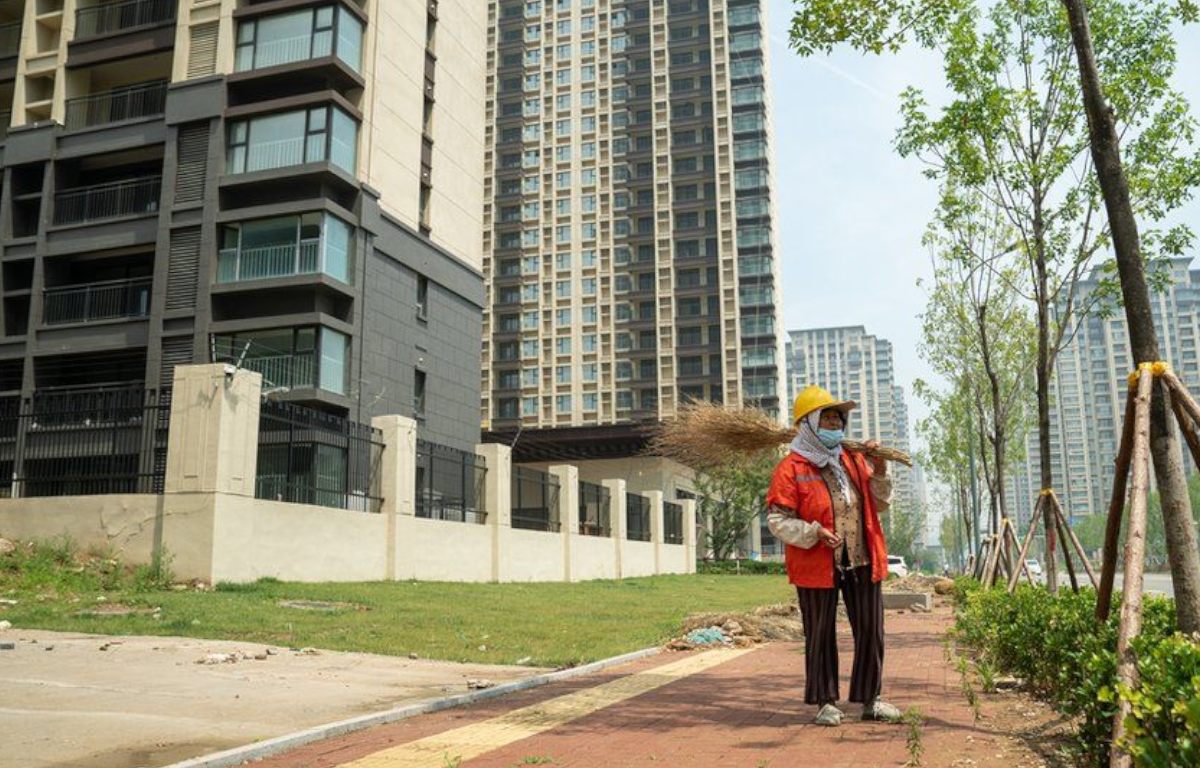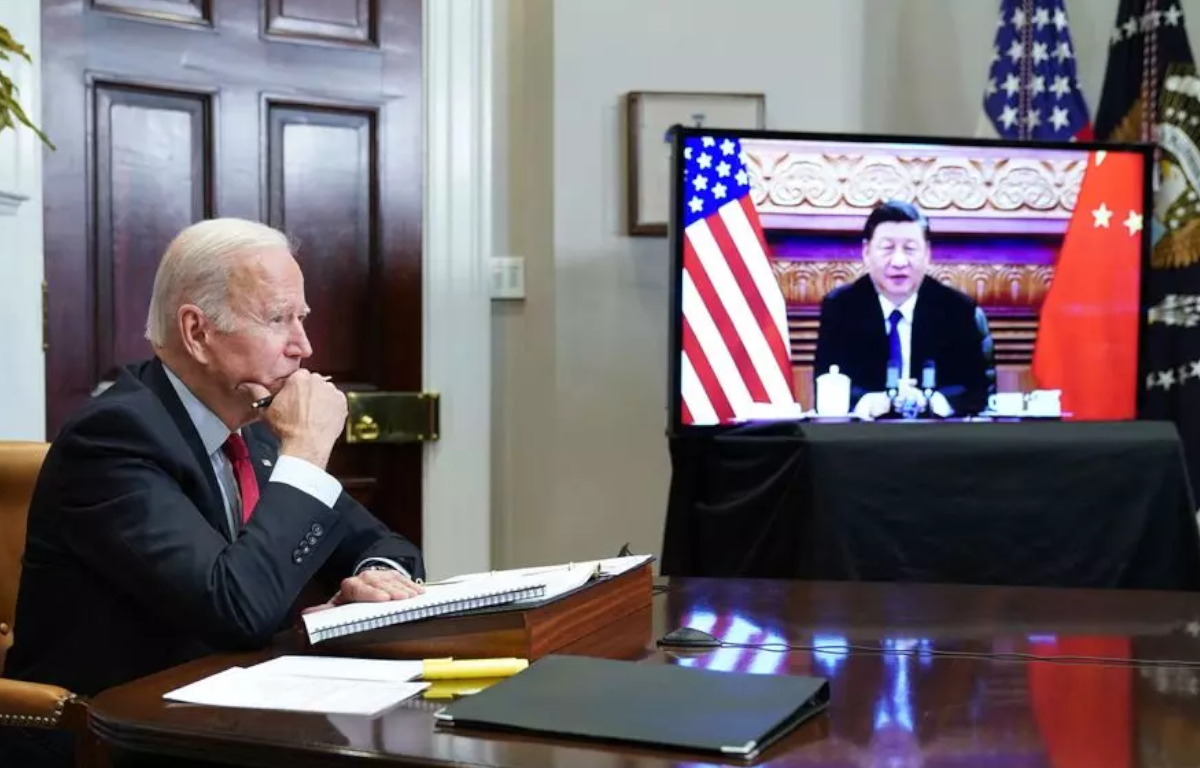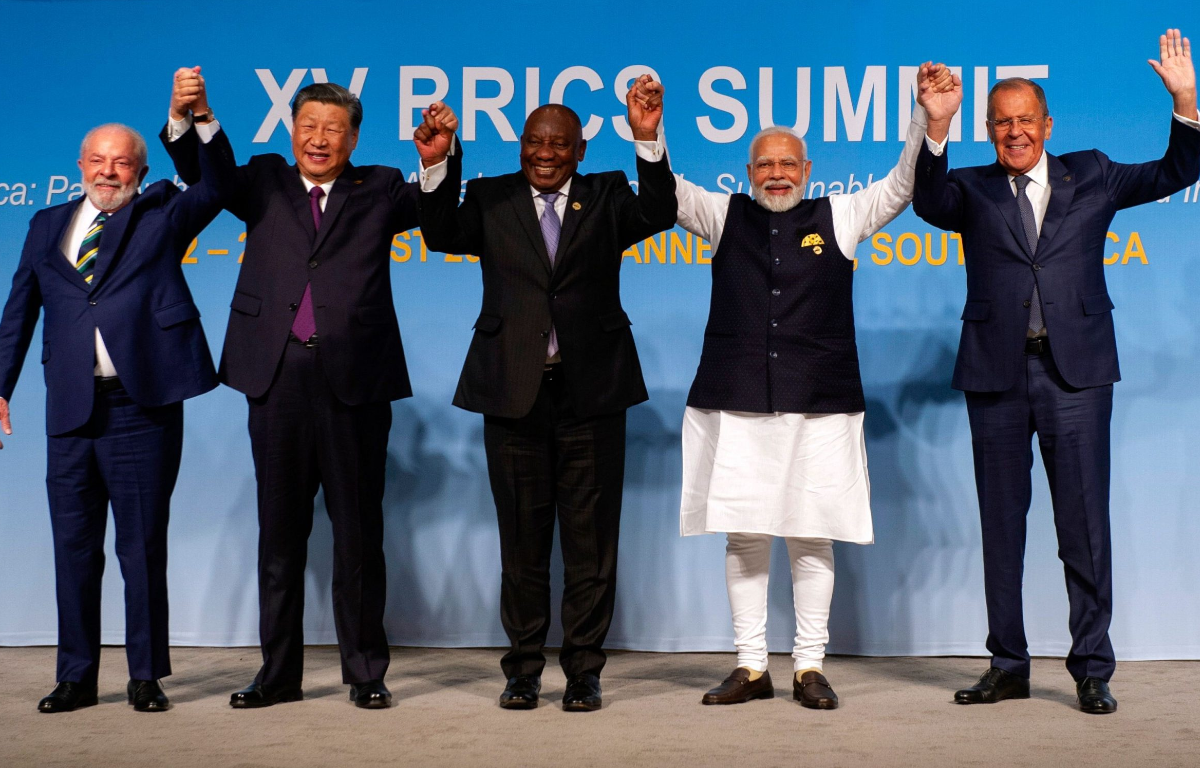
As infrastructure projects unfolded, concerns about the debt burden on recipient countries grew. Many lacked the financial resources to repay the loans, leading to potential economic instability and dependency on China. Critics argue that China’s lending practices have often been characterized by unequal bargaining power, leaving low-income countries with unfavorable terms and lacking transparency.
China’s lending practices have been accused of creating debt traps for recipient countries. Faced with the inability to repay, countries may have to hand over critical assets or grant China undue influence, raising concerns about erosion of national sovereignty. The geopolitical implications of China’s expanding economic footprint are also being scrutinized.
There are calls for increased transparency and more sustainable financing models. Comprehensive debt sustainability assessments and responsible borrowing and lending practices are needed. Encouraging adherence to international standards and promoting dialogue between China and recipient countries can help mitigate risks associated with China’s lending activities.
Addressing the challenges of China’s lending to low-income countries requires international cooperation. Multilateral organizations like the IMF and World Bank can provide debt relief and restructuring mechanisms. Promoting responsible lending and enhancing financial literacy in developing nations are essential steps toward mitigating the risks associated with China’s lending practices.
Finding a balance between economic development and debt sustainability is crucial. Increased transparency, responsible lending, and international cooperation are key to addressing the challenges arising from China’s extensive lending to low-income countries. Sustainable financing models that prioritize the best interests of both borrowers and lenders are vital for the economic stability and future development of low-income countries.










Share this: